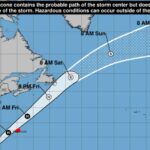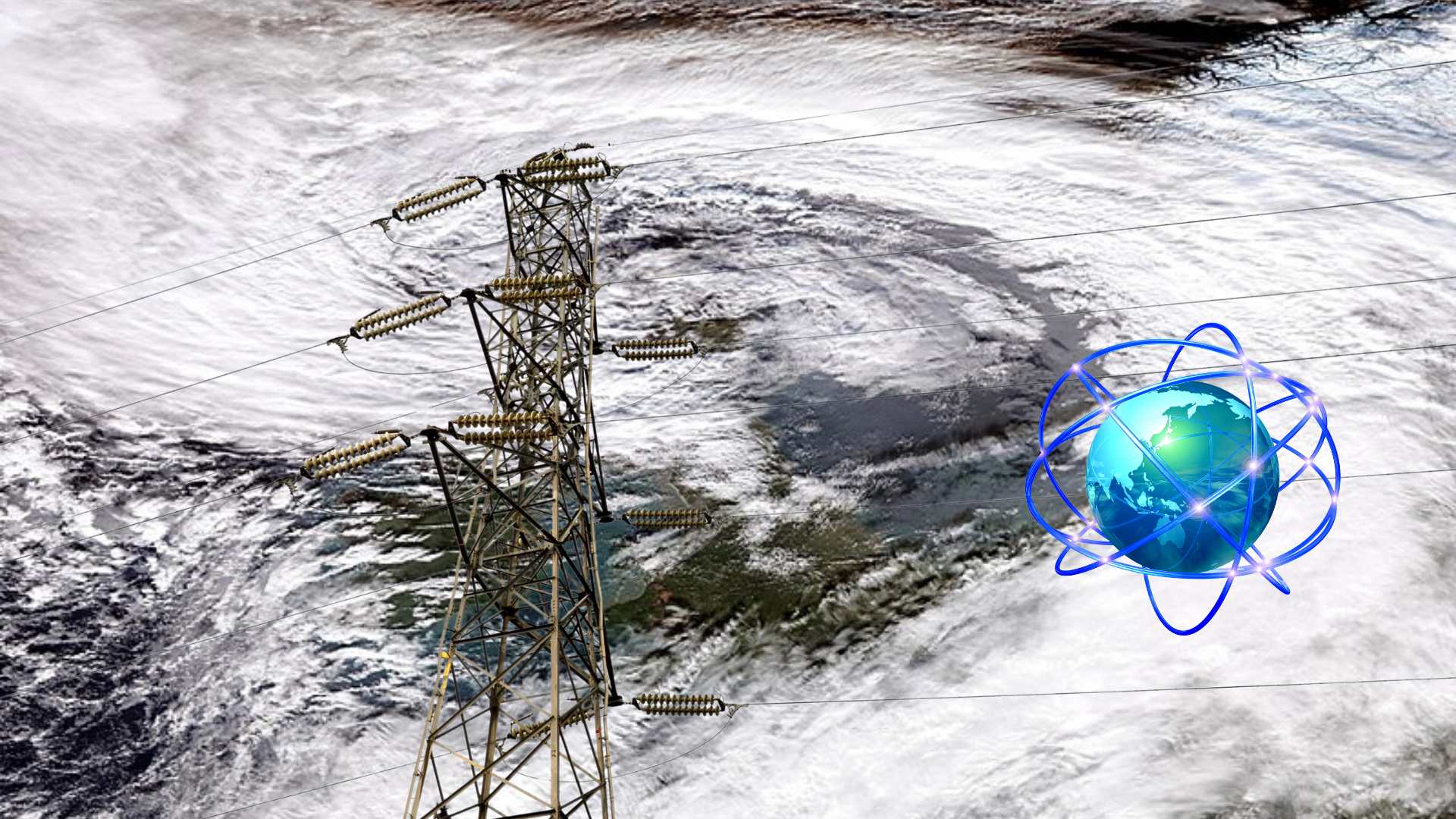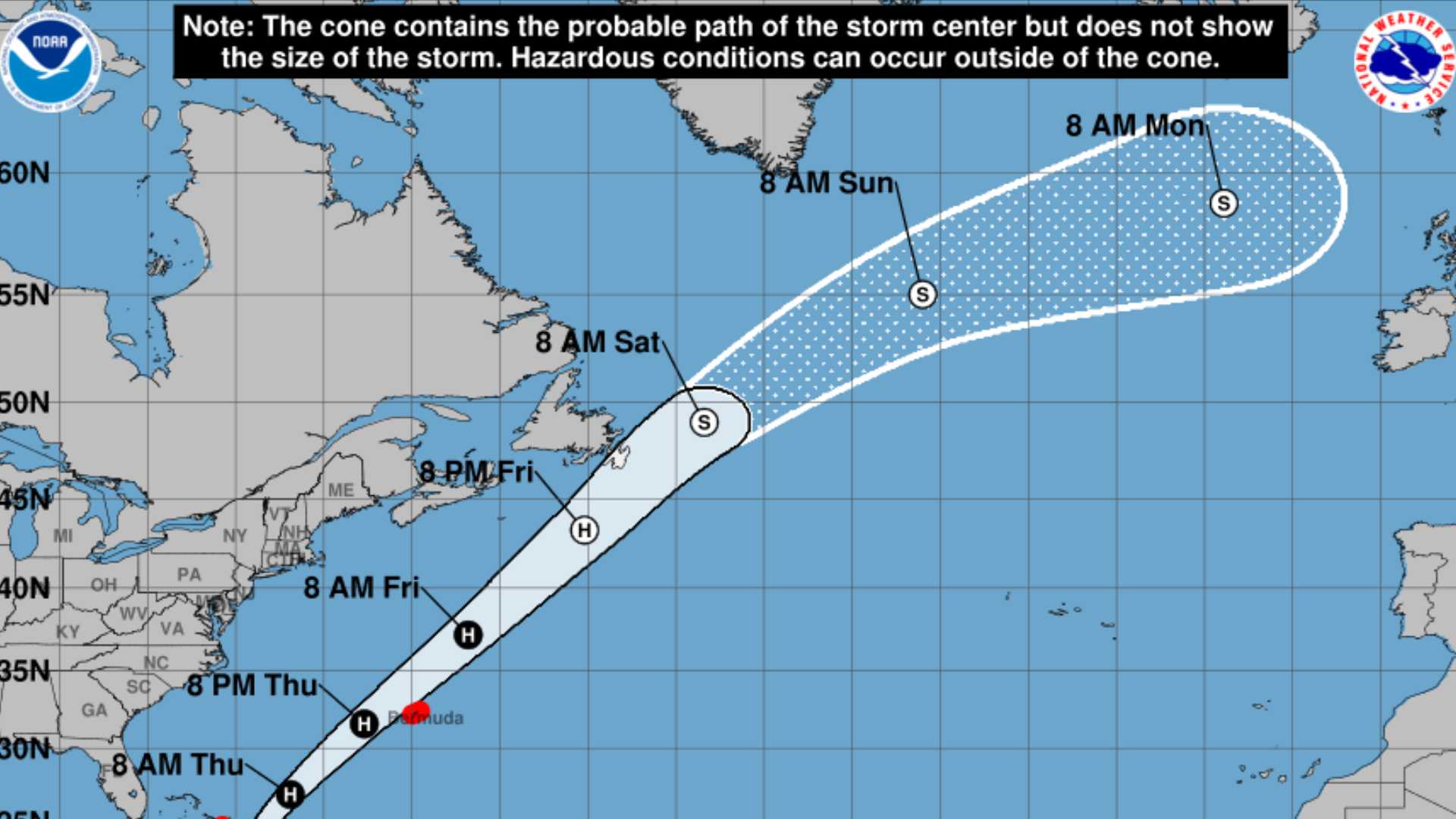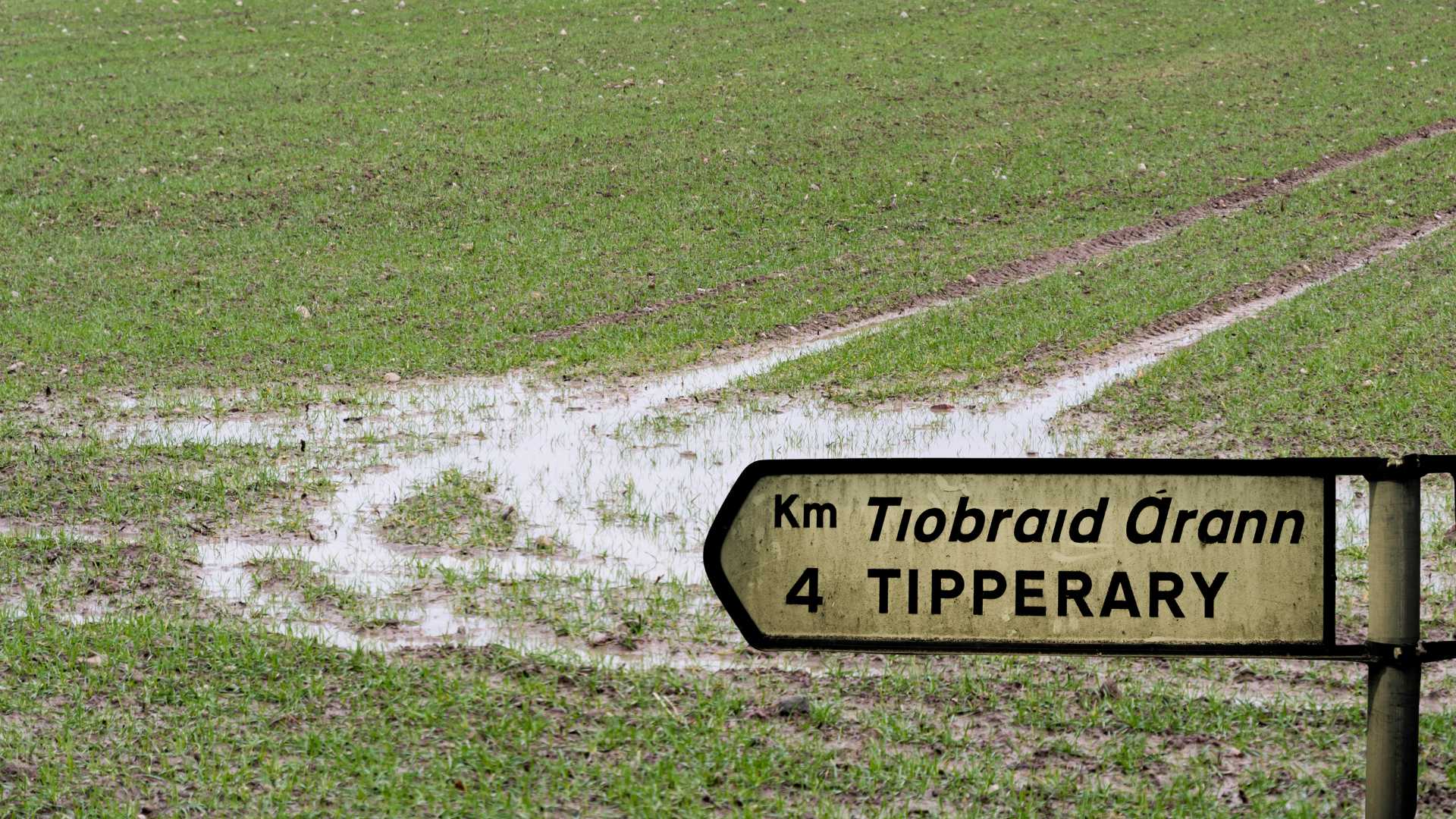
La Niña years bring stormier Atlantic outlook

New research has shown that storm systems sweeping across Africa intensify during La Niña, offering fresh insight into why Atlantic hurricanes are often more active in those years.
Scientists at the University of Miami’s Rosenstiel School and the US National Center for Atmospheric Research analysed more than four decades of weather data and found that African easterly waves, the atmospheric disturbances that give rise to most Atlantic hurricanes, become stronger and wetter when La Niña dominates global climate patterns.
“We found that during La Niña years, these waves are stronger, moister and generate more thunderstorms than during El Niño years,” said Quinton Lawton, who led the study and is now a scientist at NCAR. “That helps explain why Atlantic hurricane seasons tend to be more intense under La Niña conditions.”
African easterly waves play a critical role in bringing rain to West Africa, but they also seed powerful storms that can travel across the Atlantic and threaten the Caribbean and the Americas. By clarifying how they respond to the El Niño–Southern Oscillation, researchers believe they can improve seasonal forecasts of rainfall, drought and tropical cyclone activity.

The study, published in the Journal of Climate, began as an undergraduate project by Brooke Weiser at the Rosenstiel School. Working with Lawton and professor Sharan Majumdar, she helped track the waves using a new tool called QTrack, now widely used by forecasting centres.
Majumdar said the findings could translate directly into better preparation for vulnerable communities. “Improved understanding of these weather systems means more accurate forecasts that can help farmers, emergency managers and residents plan ahead,” he said.
The researchers say that as climate change continues to alter global weather patterns, the need to understand the drivers of Atlantic storms is greater than ever.








